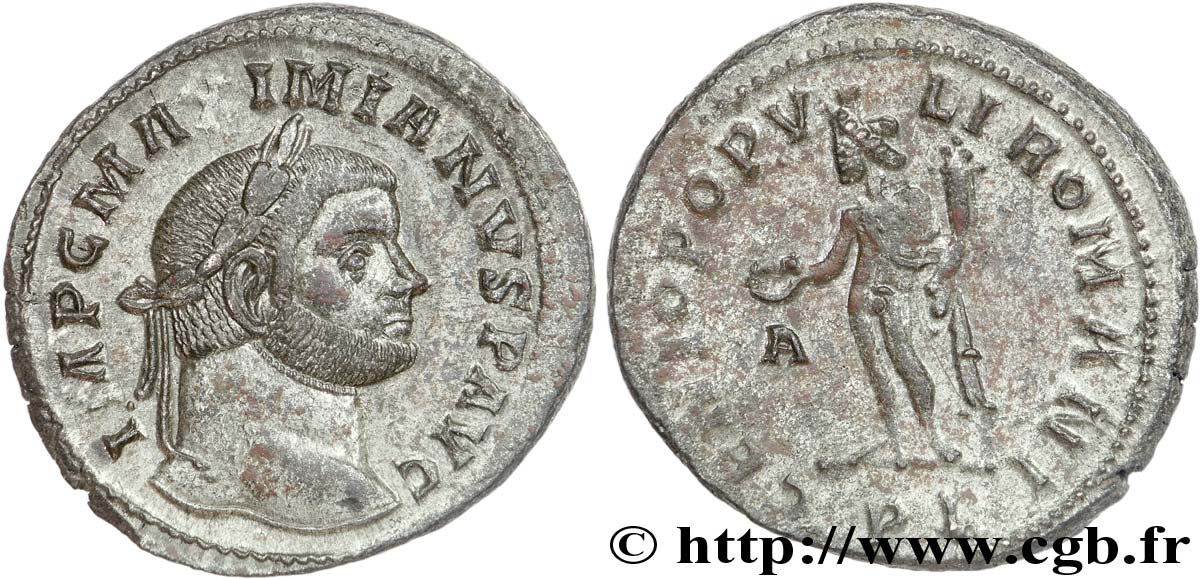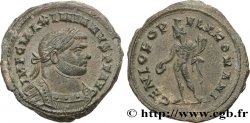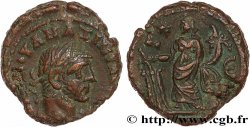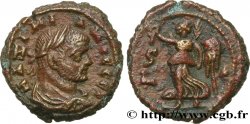v27_0302 - MAXIMIANUS HERCULIUS Follis ou nummus
MONNAIES 27 (2006)
Starting price : 180.00 €
Estimate : 280.00 €
Realised price : 180.00 €
Starting price : 180.00 €
Estimate : 280.00 €
Realised price : 180.00 €
Type : Follis ou nummus
Date: 296
Mint name / Town : Lyon
Metal : copper
Diameter : 28 mm
Orientation dies : 12 h.
Weight : 11,15 g.
Rarity : R2
Officine: 1re
Emission: 4e
Coments on the condition:
Exemplaire sur un flan large et complet des deux côtés. Portrait magnifique de toute beauté. Frappe un peu faible au revers sur la légende. Jolie patine grise avec des reflets métalliques dorés
Catalogue references :
Predigree :
Cet exemplaire provient de la liste Paul-Francis Jacquier 33, été 2005, n° 586
Obverse
Obverse legend : IMP C MAXIMIANVS P AVG.
Obverse description : Tête laurée de Maximien Hercule à droite (O*).
Obverse translation : “Imperator Cæsar Maximianus Pius Augustus”, (L’empereur césar Maximien pieux auguste).
Reverse
Reverse legend : GENIO POPV-LI ROMANI/ A|-// PL.
Reverse description : Genius (Génie) debout à gauche, coiffé du modius, le manteau sur l'épaule gauche, tenant une patère de la main droite et une corne d'abondance de la main gauche.
Reverse translation : “Genio Populi Romani”, (Au Génie du Peuple romain).
Commentary
Avec l’intégralité de son argenture superficielle (3%). Rubans divergents : ruban antérieur descendant sur le cou et ruban postérieur descendant verticalement (type 2). Sur cet exemplaire, le second ruban est plus petit. Portrait large et massif. Nous n’avons pas relevé de liaison de coin pertinente. C’est le dixième exemplaire recensé avec ce type de césure. Prendra le numéro 50c dans le Supplément III du Bastien.








 Report a mistake
Report a mistake Print the page
Print the page Share my selection
Share my selection Ask a question
Ask a question Consign / sell
Consign / sell
 Full data
Full data



